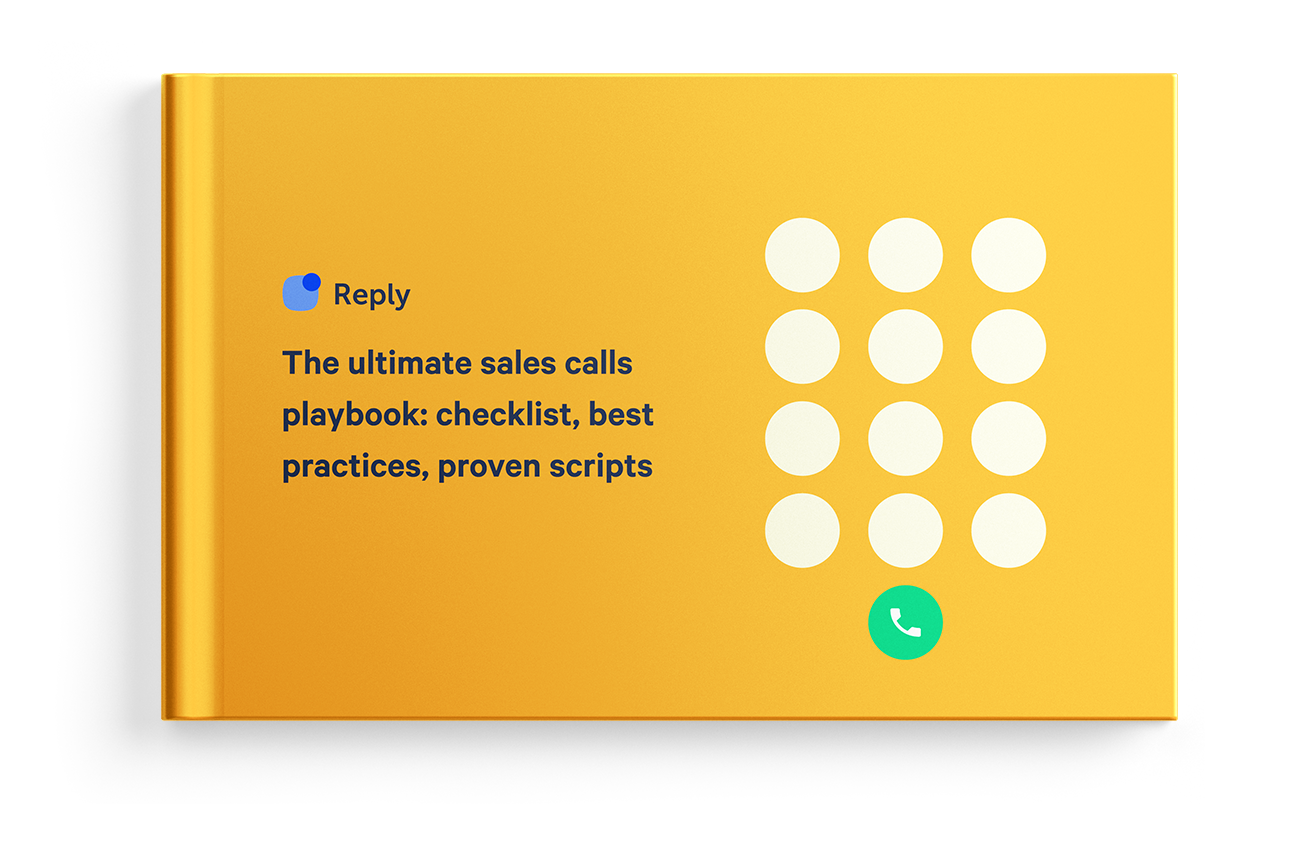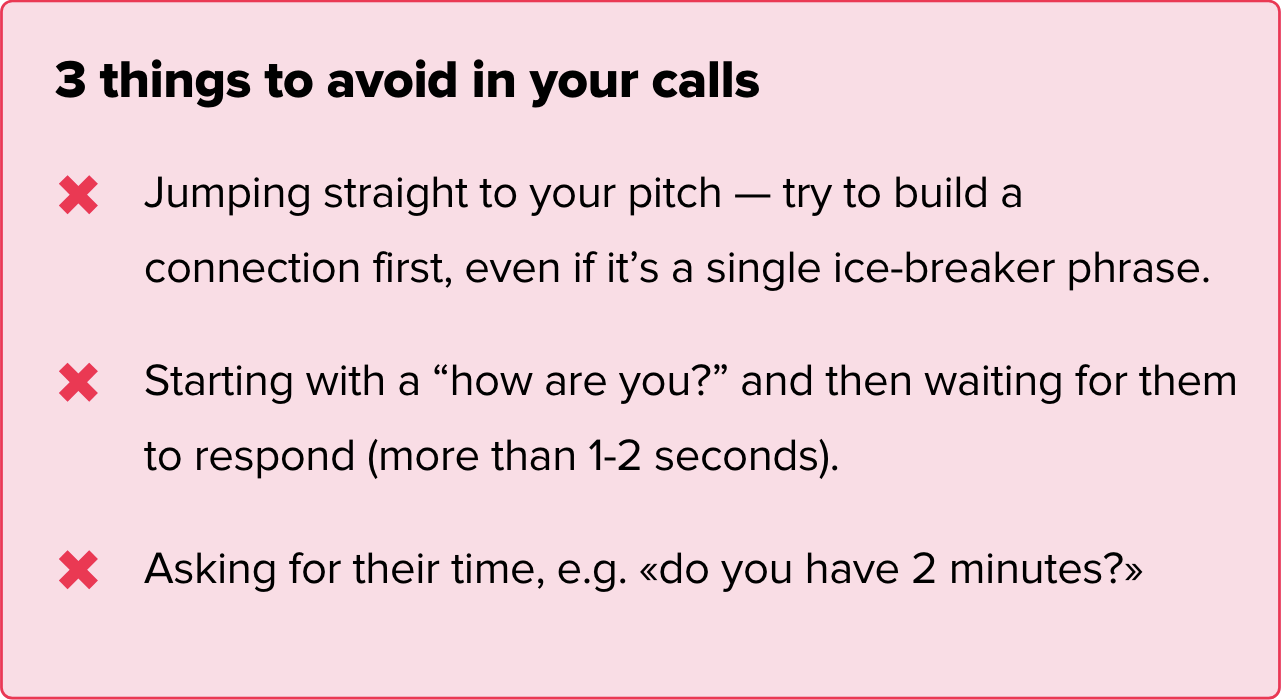While email remains by far the most popular business communication channel in 2025, it would be wrong to assume that that’s the only way to get the job done. In fact, 54% of tech buyers prefer cold calls as the initial point of contact, who would have thought?
There’s a common misconception that cold calls aren’t effective any longer, and to be fair—in some industries and case scenarios, that is the case. But when it comes to B2B sales, and especially so for the SaaS industry, cold calls are a powerful addition to every sales team’s playbook.
With only a few minutes to get your prospect’s attention and interest, cold calling is a complex art of its own, and while there are many elements that make it successful, the quality of your script will often be the sole determining factor of success or failure.
And while the 2025 conversion rate of cold calls is just 4.82%, they empower sales reps to expand their prospecting reach, grow their company’s brand awareness, and discover invaluable information about their target account for sales and marketing campaigns.
Buckle up as we explore numerous tips for closing more deals via the phone, along with 10 proven sales scripts for cold calling, covering various use cases.







